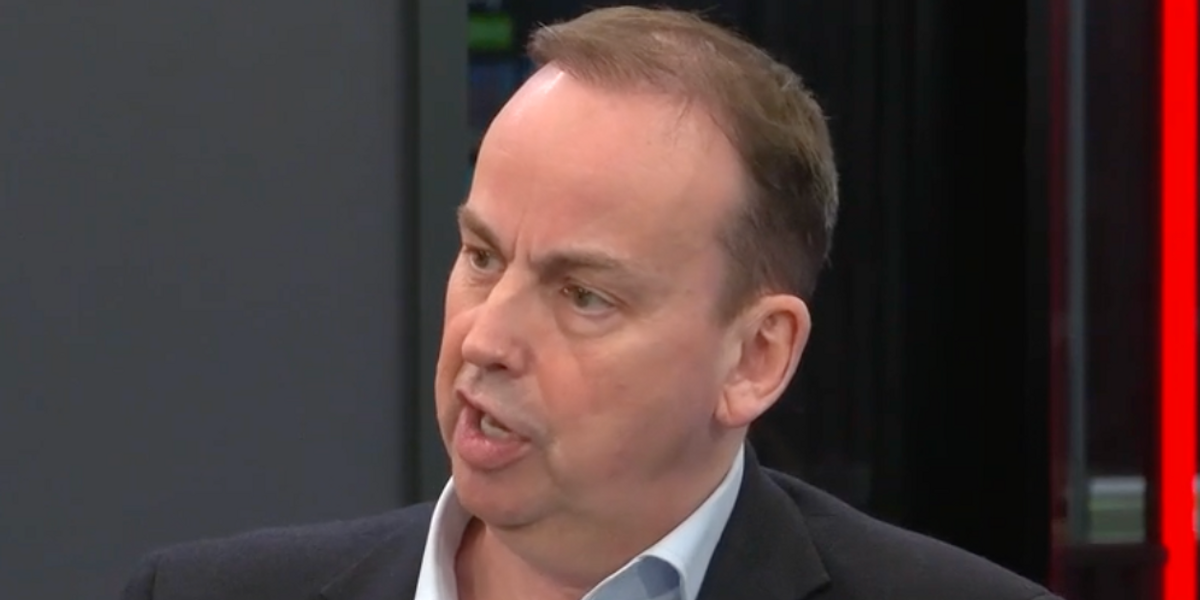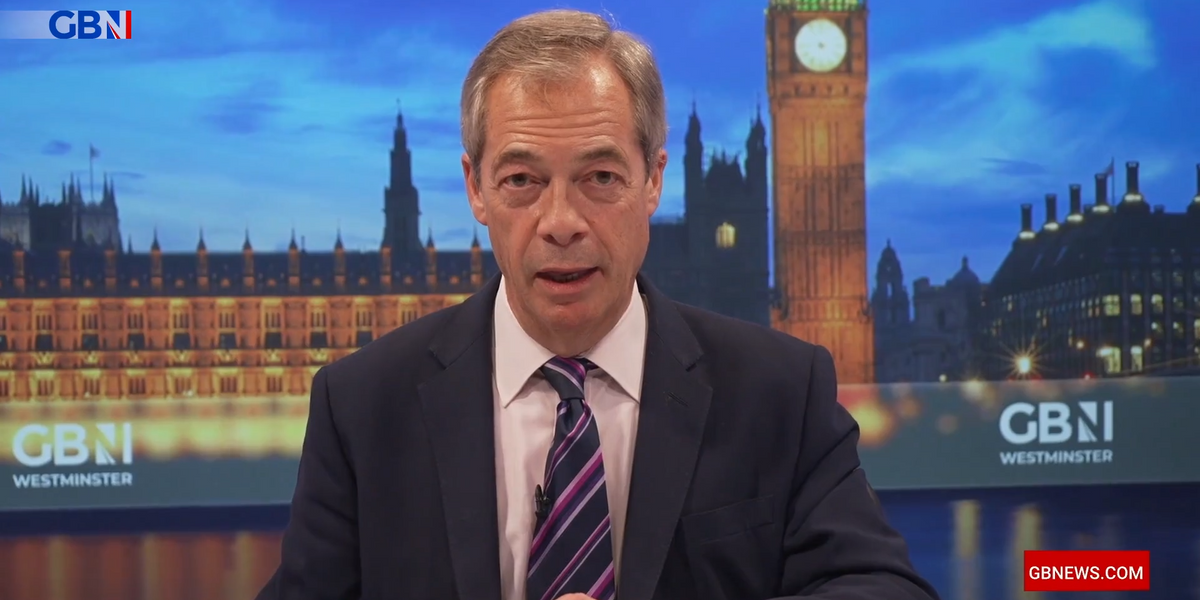
Pumpjacks in an oil field.
Paul Giamou | Aurora | Getty Images
The NYMEX oil price has pulled back sharply from $72 to around $66, but that is taking place within the environment of a well-established uptrend.
In fact, the chart suggests that the pullback is not a change of trend, but it’s instead just a temporary retreat.
There are three features that support the conclusion. The first feature is the long-term support level near $65. That acted as a resistance level in January and again in April. Oil has a well-established pattern of moving in trading bands.
The standout feature on the chart is the strong support level near $43 and resistance near $54. That makes the trading band around $11 wide and gives an upside projection target for the trading band near $65 which has been achieved and exceeded. Applying the same trade band projection methods gives a long-term target near $76.
The second feature is the location of the uptrend line. The uptrend line starts from the anchor point near $43 from June, 2017. The line has successfully acted as a support level and provides a good definition of the rising trend. It has been tested several times so it acts as a second support feature with a current value near to the value of the support level around $65.
The third, and perhaps most important feature, is shown with the Guppy Multiple Moving Average indicator.
The long-term group of averages is well separated and shows strong and consistent investor support for a rising trend. When prices retreat, investors enter the market as buyers. That is the most consistent trend support behavior shown in the GMMA indicator on the oil chart in nearly a decade.
The degree of separation between the long-term and short-term GMMA is also steady. The consistent degree of separation is a characteristic seen with stable trends. That again confirms trend strength and stability and suggests that the current retreat is temporary rather than the beginning of a trend change.
The short-term group of averages — which reflects the way traders are thinking — shows a low level of volatility. That group is not characterized by rapid compression and expansion, which shows that traders are buyers whenever the price falls. That tells us traders are also confident that the uptrend will continue.
Those support features and the trend strength features all suggest that the price of oil is experiencing a temporary retreat. The longer-term trading band target is near $76 and potentially higher. It is higher because the $76 level has no history of providing strong support or resistance.
We use the ANTSYSS trade method to extract good returns from this trend behavior.
Daryl Guppy is a trader and author of Trend Trading, The 36 Strategies of the Chinese for Financial Traders, which can be found at www.guppytraders.com. He is a regular guest on CNBC Asia Squawk Box. He is a speaker at trading conferences in China, Asia, Australia and Europe. He is a special consultant to AxiCorp.
For more insight from CNBC contributors, follow @CNBCopinion on Twitter.
24World Media does not take any responsibility of the information you see on this page. The content this page contains is from independent third-party content provider. If you have any concerns regarding the content, please free to write us here: contact@24worldmedia.com
Latest Posts

Nigel Farage threatens NatWest with court proceedings to resolve debanking scandal


Amazon delivery driver ‘desperate’ for toilet smashed head on into car

Ricky Norwood set for ITV Dancing on Ice axe as dance expert exposes worrying ‘narrowing down’ trend


HMRC to give hundreds of thousands of households a £300 tax-free payment from today

The culpability for this recession must surely lie with the Bank of England

BBC The Apprentice viewers slam ‘awkward editing’ as contestant cut from spin-off show

BBC to air Steve Wright’s final Top of The Pops appearance amid backlash for treatment of late star

I point the finger of blame far more at the Bank of England than the government on recession